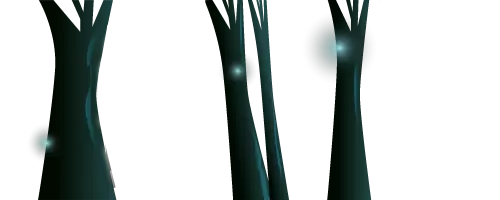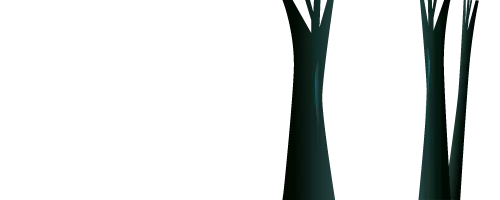NETHERLANDS DRUG COUNTRY? THAT'S HOW CRAZY WE ARE ABOUT TRIPPING AND SWALLOWING

If you ask tourists about the icons of the Netherlands, they will mention tulips, cheese and windmills. Boomers might start talking about the dykes and delta works. However, younger generations also know the Netherlands as a drug country. Cannabis, magic mushrooms, truffles and the harder stuff like XTC and ketamine; we have it all. Drug tourism, meanwhile, is becoming a headache in Amsterdam. Englishmen and other tourists come to our capital purely to get very stoned or high for a few days. And combine booze and drugs like it's nothing.
Over the centuries, the Netherlands has actually always been a drug country, in various ways. Neatly directed by the Dutch government, we have had a drugs policy since 1600. Read all about it here!
Dutch drug policy too tolerant?
We may take it too much for granted, but we can pinch ourselves as far as the Netherlands' liberal drug policy is concerned. Drugs are tolerated and even produced here. These days, that's weed, but there used to be a veritable cocaine factory in the ports of Amsterdam. And now it looks like the Dutch government wants to adopt an even more liberal drug policy? We take you back in time as well as look ahead. Is the Netherlands really the drug country?
The Golden Age: opium as medicine
You will be surprised how many substances that are now completely illegal were once considered medicines. Opium, from which heroin is made, is one of the first drugs the Netherlands dealt in. That too was the VOC mentality: distributing and trading opium from India and Persia, formerly Iran. For hundreds of years (!). This started in the Golden Age, when large trading ships sailed the oceans and traded spices, among other things. Opium was at times even responsible for half of the profits made by the Nederlandsche Handel-Maatschappij. In the late 19th century, it did not stop at trade; the Netherlands decided to produce this drug itself. And state opium was a fact.
Nederlandsche Cocaïne Fabriek: pride of drugs country the Netherlands
Did you already think it was a wild idea that the Netherlands made its own opium? It could be crazier. For a time, Amsterdam was home to the NCF: the Nederlandsche Cocaïne Fabriek. Here, our country produced coke, morphine and heroin completely legally. In the 19th century, the Netherlands only traded coca leaves, but soon plantations were established in Indonesia, which at the time was still "ours". Cocaine had been produced on our own soil since 1900. So what was one to do with the coke? Well, in those days it was seen as a medicine for all sorts of things. Lung patients in particular were said to benefit from it. From colds to lung ulcers and asthma: coca pills made you feel like you were reborn.
Interesting detail: during World War I, medicines were banned from export, but not the Nederlandsche Cocaïne Fabriek. Because, of course, coke was quite indispensable when you needed a tireless army.
Another fun fact: coke used to be 'just' in Coca-Cola, along with the uplifting cola nut.
1919: Opium Act made drug policy in the Netherlands stricter
Times change. So did the Dutch government's stance on substance use and, consequently, its drug policy. In 1919, the Opium Act was introduced, which regulated the use and trade of opium, cocaine and other narcotics. The aim was to restrict drug use and protect public health. And, of course, strengthen the Netherlands' position as a drug producer. Because it just kept on producing. In 1928, cocaine use became legal only when it had medical purposes. The Nederlandsche Cocaïne Fabriek continued to produce synthetic coke until the 1960s.
1968: First coffee shop
The coke factory breathed its last in 1963, but a few years later a new drug presented itself, supported by the government. Indeed, in 1968, the first Dutch coffee shop was opened in Utrecht. Although others claim it was the Amsterdam shop Mellow Yellow that was the first in 1972. Anyway, since the 70s, soft drugs have been a thing in our country. We are still one of the few countries where cannabis is legal.
In the same years, the Opium Act is once again amended. Higher penalties for trafficking hard drugs, but a policy of tolerance regarding small quantities. And so the Netherlands becomes drug land.
Netherlands drug land under fire
Netherlands drug land is not always a happy fantasy world. Because drugs also mean trafficking and addiction. In the 1980s and 1990s, the Netherlands faced a growing problem around hard drugs, especially heroin. Programmes were launched aimed at reducing drug misery and helping addicts. It seems to be mopping the waters with all the drug trends like meth and designer drugs.
Are these problems the downside of a liberal drug policy, or would things have been worse otherwise? However, drug policy in the Netherlands remains a subject of debate. Some people think that liberal policies have led to a normalisation of drug use and that more attention should be paid to prevention and education. Others think the policy should be relaxed and drugs should be fully legalised. Whether the Dutch tolerance policy has the future, only the future itself can tell.

















